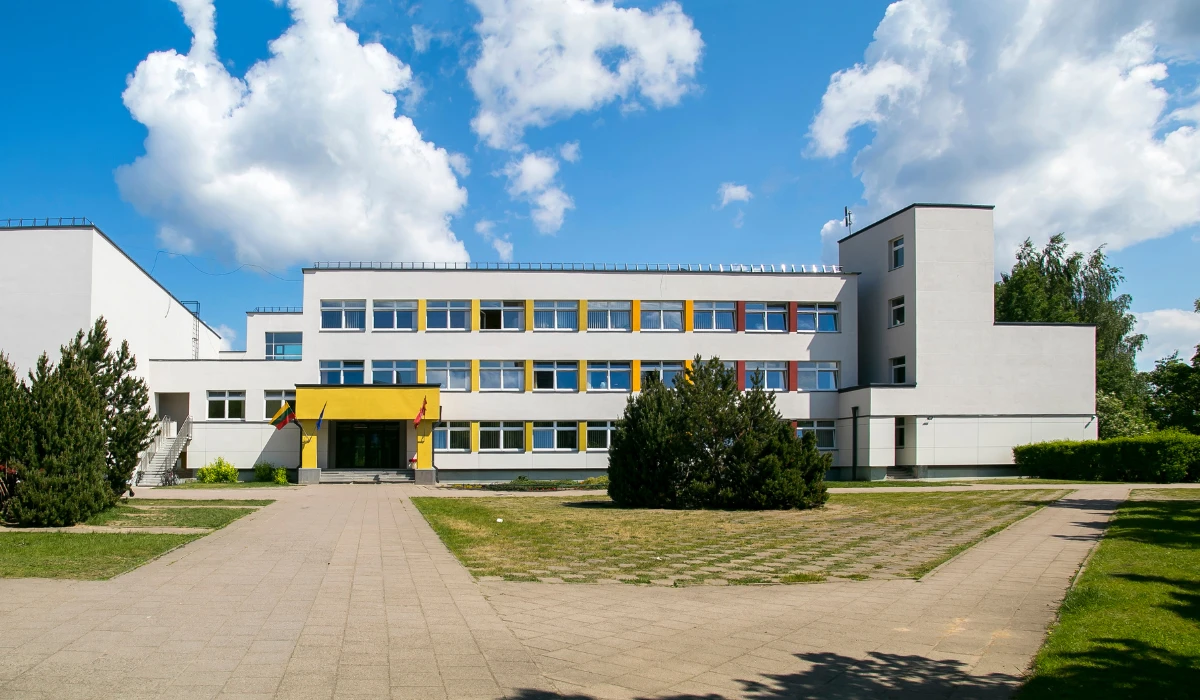Despite earning their diplomas, many American high school students are walking the graduation stage unprepared for the real world, according to a newly released national teacher survey conducted by Gallup in partnership with the Walton Family Foundation. The findings, based on feedback from nearly 2,000 K-12 educators surveyed in fall 2024, raise red flags about the readiness of young people to transition into college, career, or other postsecondary paths.
Only 10% of high school teachers surveyed said students entering the workforce were “very prepared.” When it came to students bound for college, only 21% of teachers expressed confidence in their readiness. On the flip side, 35% of educators said students planning to join the workforce after graduation were not prepared at all.
This data adds to growing national concern that American schools, while improving graduation rates, are failing to equip students with the critical thinking, technical skills, or even soft skills like communication and problem-solving necessary to thrive beyond high school.
These alarming results are consistent with earlier reports from the National Center for Education Statistics (NCES), which found that while 86% of high school seniors graduated on time in 2023, fewer than half met college readiness benchmarks in reading, math, and science on standardized tests such as the ACT or SAT.
Additionally, a 2023 Education Trust analysis noted that underprepared students, particularly from low-income and minority communities, often struggle through their first year of college or drop out entirely due to academic and financial challenges.
“This is not just about skills in reading or math. It’s about real-world preparedness,” said Stephanie Marken, senior partner for U.S. research at Gallup. “When students feel unmotivated or disengaged, that has ripple effects on their sense of confidence and their future plans.”
The Gallup-Walton report also paints a troubling picture of the teaching workforce. Just one-third of teachers said they feel “excited about what they are teaching,” and only 13% believe their students are excited about what they’re learning. This lack of energy in the classroom could be contributing to the readiness gap.
Teacher burnout remains widespread. Nearly 50% of surveyed educators said they “feel burned out often,” with many citing workload and compensation as major pain points. On average, teachers reported working 50 hours per week, with 37% unhappy with their workload and fewer than half expressing satisfaction with their pay.
However, the report also identified bright spots: educators who said they collaborate regularly with colleagues were more likely to report higher job satisfaction and greater enthusiasm for teaching.
This supports findings from the Learning Policy Institute and RAND Corporation, which have long advocated for professional learning communities and peer mentoring as effective ways to improve teacher morale, retention, and ultimately student outcomes.
Interestingly, the Walton Family Foundation also conducted a parallel student survey in 2024. It found that the most “engaged” students were 10 times more likely to report feeling confident about their futures. Engagement here wasn’t limited to academics, it included students who felt known by their teachers, had a voice in class discussions, and participated in extracurricular activities that connected learning to life.
The takeaway? When teachers are energized and students are engaged, the likelihood of readiness skyrockets.
“It’s a direct link: teachers who love what they teach foster classrooms where students feel motivated, and those are the students who show up prepared—not just for tests, but for life,” Marken emphasized.
This report arrives at a time when several states, including New York, Texas, and California, are actively debating high school curriculum reforms that include career and technical education (CTE), financial literacy, and work-based learning. Federal and state leaders are also exploring how to measure school performance not just through test scores, but through readiness indicators like internships, college credit accumulation, and certification attainment.
Meanwhile, organizations like Achieve and the National College Attainment Network are calling for more alignment between K-12 education and workforce demands, including stronger partnerships between schools, local businesses, and higher education institutions.
“We’ve got to stop treating graduation as the finish line,” said Rebecca Kockler, a former assistant state superintendent of education policy. “It’s the starting point. If students aren’t ready to run the race afterward, the diploma doesn’t mean what it should.”





